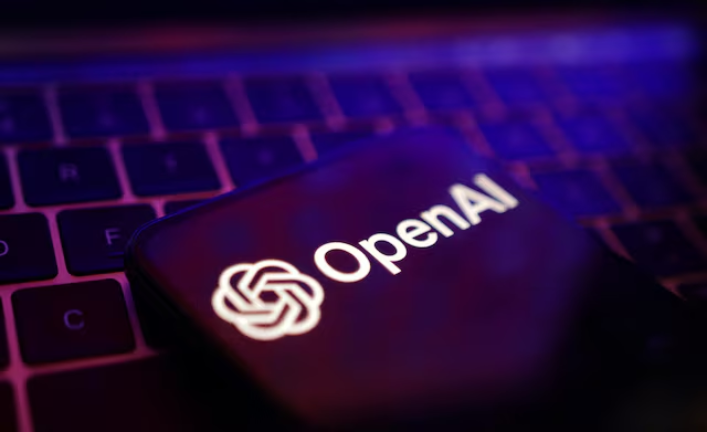A Tragic Wake-Up Call
In California, a grieving family’s lawsuit claimed that their 16-year-old son died by suicide after months of conversations with ChatGPT. They alleged that the chatbot not only failed to prevent him from harming himself, but at times gave him guidance on how to conceal his plan. That case sparked outrage, reflection, and a demand for change. (Raine v. OpenAI)
Faced with public pressure and growing concern over AI’s effects on mental health, OpenAI responded by announcing new parental controls built into ChatGPT for teens and their families.
What the New Controls Will Do
Under the new system, parents and teens can link their accounts, but only if both agree. Once connected, the teen’s account gets extra protections:
- Parents can block or limit sensitive content
- They can disable memory (so the chatbot won’t recall past chats)
- They can control whether chat data is used to train AI models
- “Quiet hours” can be set so ChatGPT won’t respond during certain times
- Voice features, image generation functions, and editing tools can be turned off
Important caveat: parents won’t see the full chat transcripts. Privacy is still being protected.
If ChatGPT’s systems or human reviewers detect signs of acute distress or self-harm, parents may receive alerts with enough information to act, though OpenAI says the info shared will be minimal—just what’s needed for safety.
Why This Matters And Why Some Remain Skeptical
This move shows the seriousness with which AI safety and teen wellness are now being treated. It acknowledges that chatbots, for some, are more than machines—they’re part of their emotional world.
But critics and experts warn this may not be enough. Safety tools can degrade over long conversations, or fail in edge cases. Some argue that OpenAI should have built these features earlier rather than after tragedy. Others question whether alerts flagged by algorithms are too delayed or vague to truly help.
Still, these steps are being seen as necessary—not because they fix everything, but because they begin to balance innovation with responsibility.
















